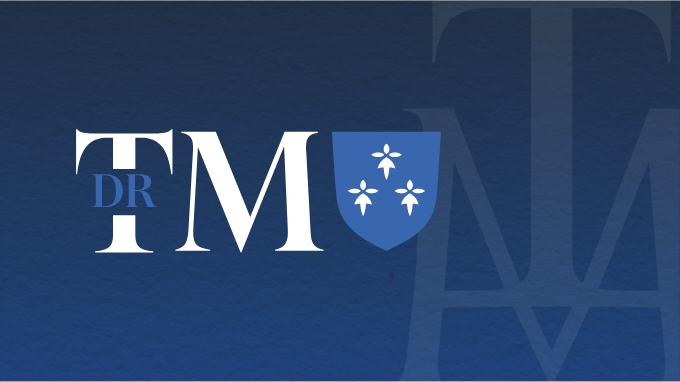STAY INFORMED
Must Watch Videos
December 25 is the Historical Birthday of Christ: Mary and Tradition

Pope Saint Telesphorus (reigned A.D. 126-137) instituted the tradition of Midnight Mass on Christmas Eve. Although the Liber Pontificalis does not give us the date of Christmas, it assumes that Christmas was already being celebrated by the Pope and that a Mass at midnight was added. I don’t doubt the tradition at all.
“The First Advent of our Lord in the flesh occurred when He was born in Bethlehem, was December 25th, a Wednesday, while Augustus was in his forty-second year, which is five thousand and five hundred years from Adam. He suffered in the thirty-third year, March 25th, Friday, the eighteenth year of Tiberius Caesar, while Rufus and Roubellion were Consuls.”
– Saint Hippolytus of Rome, Commentary on Daniel
- the Creation date of the World
- the date of the Annunciation and Incarnation of Christ
- the date of the Death of Christ our Savior
“For Christ is believed to have been conceived on the 25th of March, upon which day also he suffered; so the womb of the Virgin, in which he was conceived, where no one of mortals was begotten, corresponds to the new grave in which he was buried, wherein was never man laid, neither before him nor since. But he was born, according to tradition, upon December the 25th.”
– Saint Augustine, De trinitate, Book 4, 5.
Dive Deeper

GET CONFIDENT IN YOUR FAITH
Explore the fascinating world of Catholic teachings with Dr. Marshall. Together you’ll unpack the brilliant answers the Church gives to tough questions about the Faith. The best part: you go at your own pace. Start this exciting journey today.

